Countries that peacefully gained their independence
Throughout history, numerous countries have embarked on the journey to independence through peaceful means. These movements reflect a commitment to diplomacy and negotiation rather than conflict.
While each story is unique, they all share the common theme of striving for self-determination without resorting to violence. This approach has proven effective for many nations, providing a stable foundation for future governance and international relations.
Canada’s Path to Sovereignty
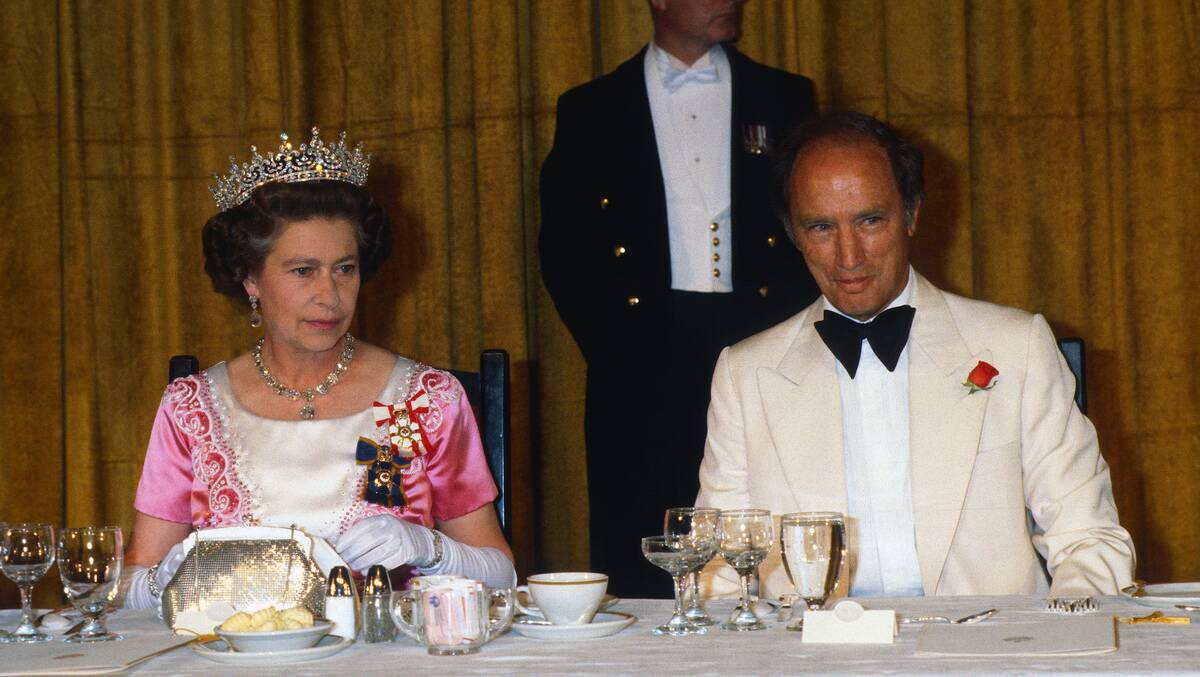
Canada’s journey to full sovereignty was a gradual process that culminated in the patriation of the Constitution in 1982. The Statute of Westminster in 1931 was a significant milestone, granting Canada legislative independence from Britain.
However, it wasn’t until the Constitution Act of 1982, which included the Canadian Charter of Rights and Freedoms, that Canada achieved full legislative independence. This peaceful transition is a testament to the country’s commitment to diplomacy and legal processes.
Australia’s Gradual Independence Process

Australia’s path to self-governance was marked by a series of legislative milestones rather than a single event. The Commonwealth of Australia Constitution Act of 1900 marked the beginning of its federal government, but full legislative independence was achieved with the Statute of Westminster Adoption Act in 1942.
This act was retroactively dated to 1939, reflecting Australia’s desire for full autonomy during World War II. The final step came with the Australia Act of 1986, severing all legal ties with the British Parliament.
New Zealand’s Smooth Transition to Self-Government
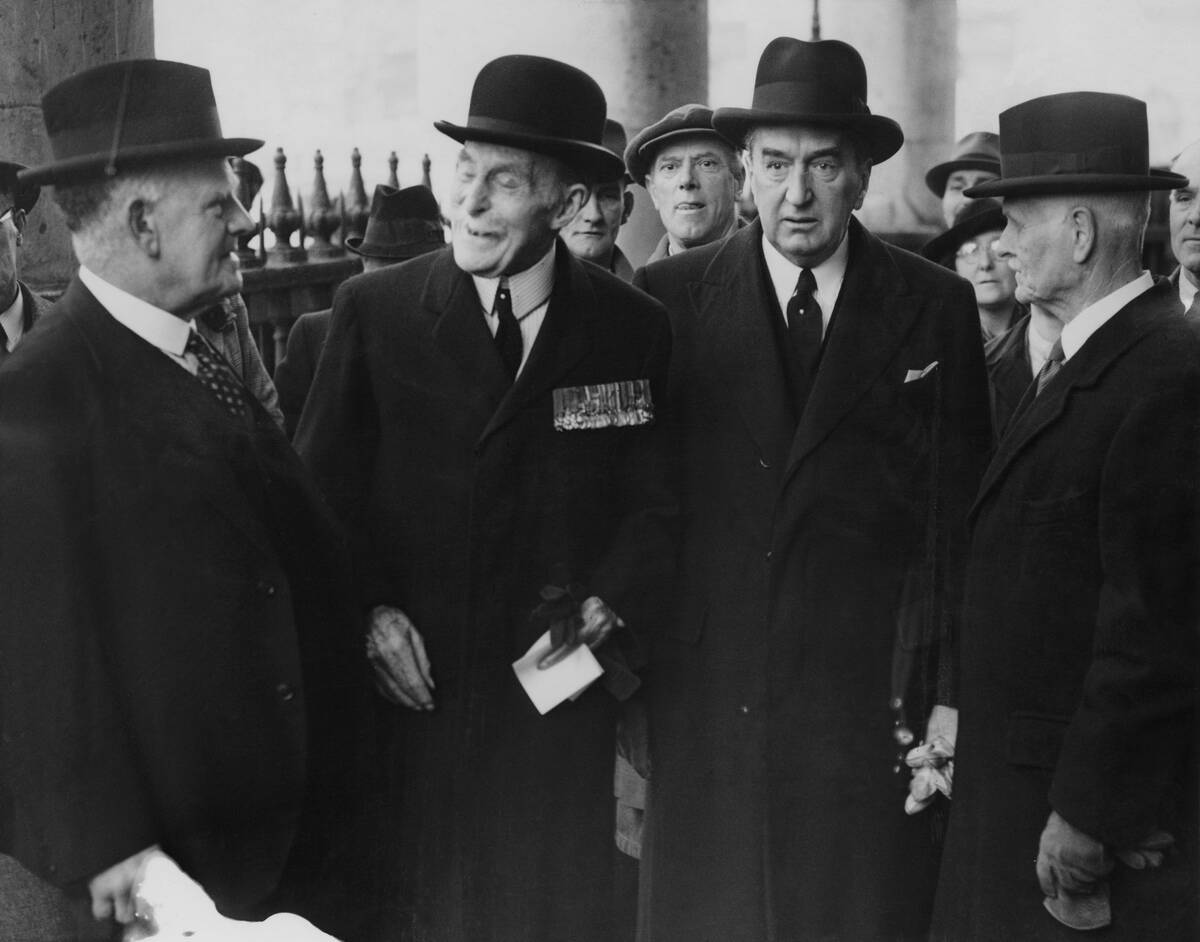
New Zealand’s journey to self-government was characterized by a steady progression towards autonomy. The country became a dominion in 1907, reflecting its growing independence within the British Empire.
The Statute of Westminster Adoption Act 1947 marked a significant step by granting New Zealand full legislative independence. This smooth transition allowed New Zealand to develop its own identity and governance structures while maintaining strong ties with the UK through the Commonwealth.
Singapore’s Peaceful Separation from Malaysia
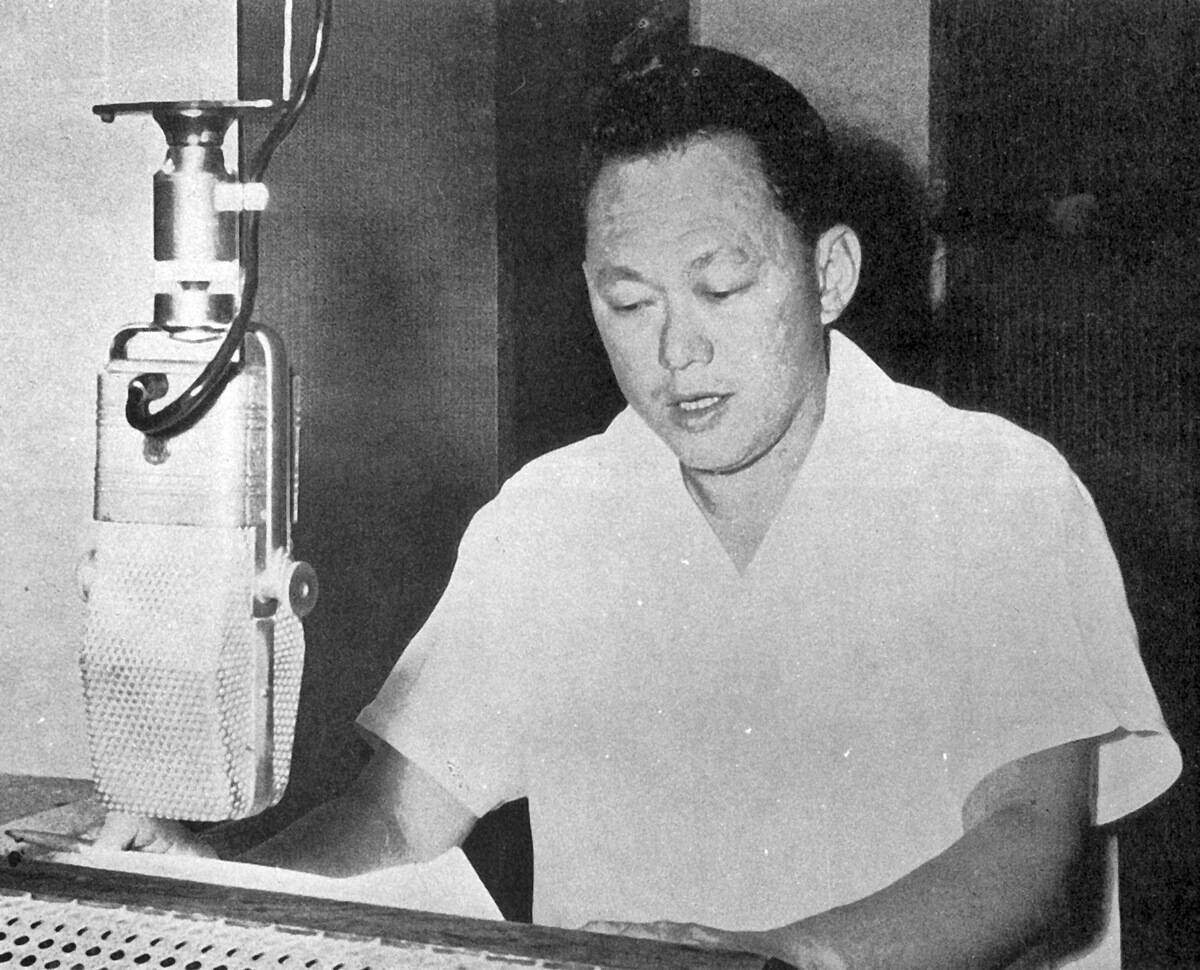
Singapore’s separation from Malaysia in 1965 is an example of a peaceful yet unexpected path to independence. Initially part of Malaysia after gaining independence from British rule in 1963, political and economic differences led to a mutual agreement for separation.
On August 9, 1965, Singapore became a sovereign nation. This swift and non-violent transition allowed Singapore to focus on nation-building and economic development, eventually becoming one of the world’s most successful economies.
Norway’s Amicable Union Dissolution with Sweden
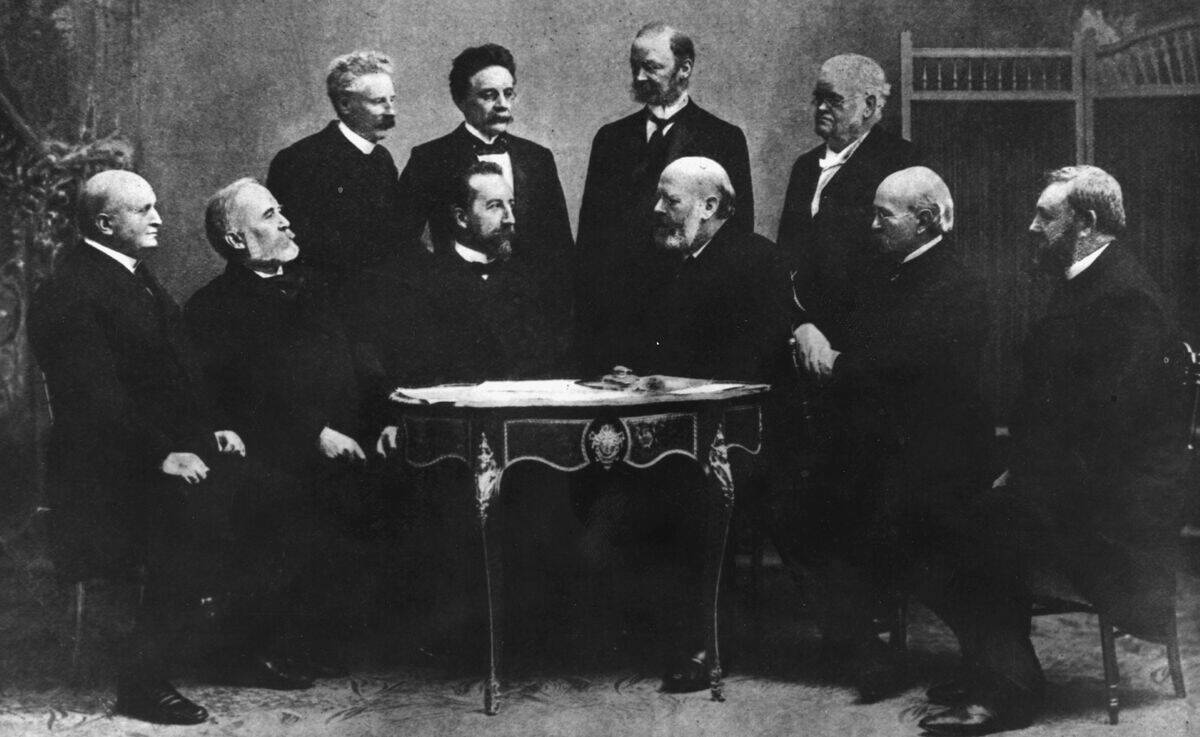
The peaceful dissolution of the union between Norway and Sweden in 1905 is a remarkable example of amicable separation. After years of political tension, a national referendum in Norway showed overwhelming support for independence.
Diplomatic negotiations ensued, and Sweden recognized Norway’s independence without bloodshed. This peaceful resolution set a precedent for how international disputes could be resolved through dialogue and mutual respect.
Iceland’s Peaceful Break from Denmark
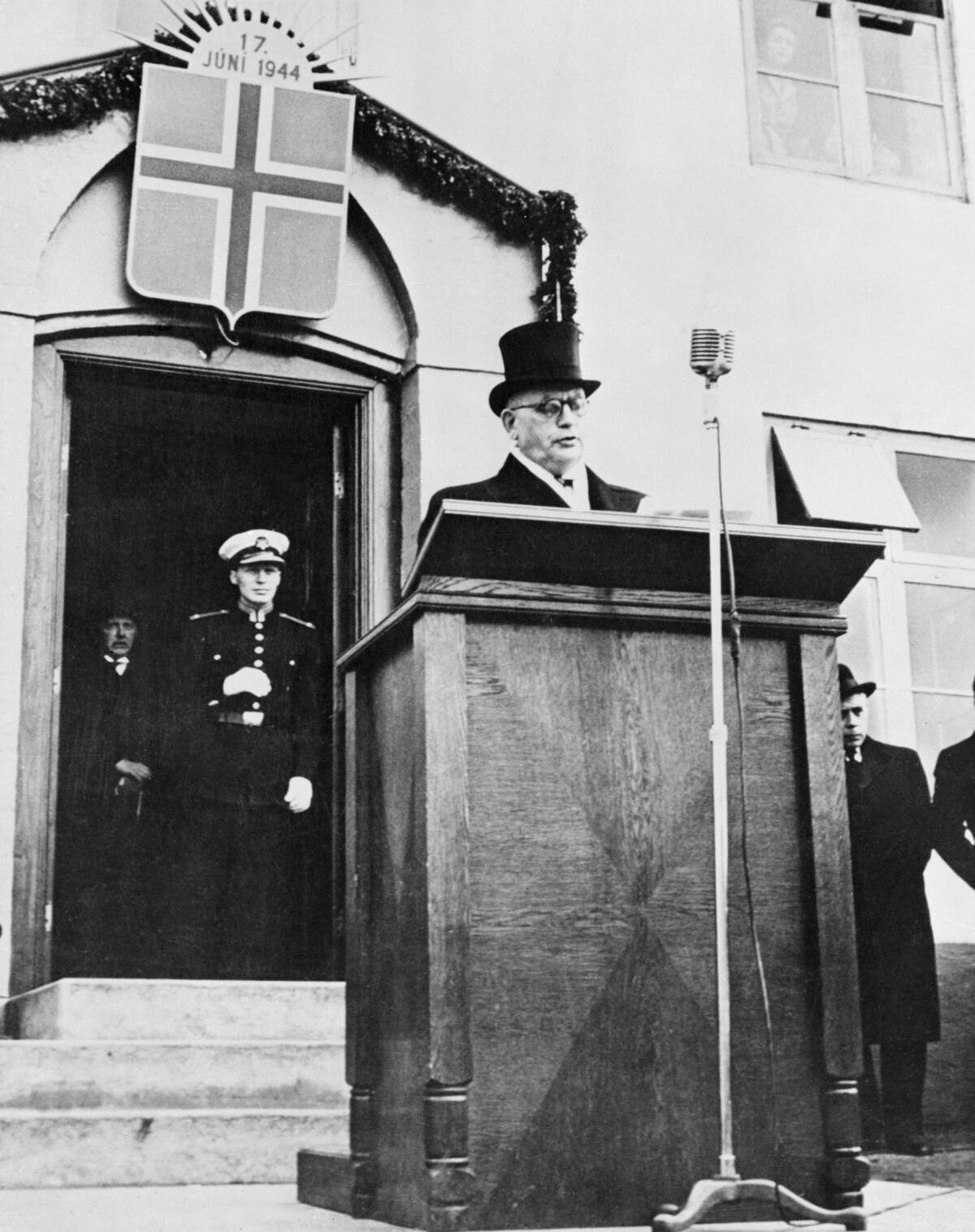
Iceland’s peaceful journey to full independence from Denmark was marked by a series of strategic steps. The Act of Union in 1918 granted Iceland sovereignty while remaining in a personal union with the Danish crown.
The final step came with a referendum in 1944, in which 97% of Icelanders voted for complete independence. This peaceful transition allowed Iceland to establish itself as a republic and focus on its national interests without conflict.
Malta’s Diplomatic Journey to Autonomy
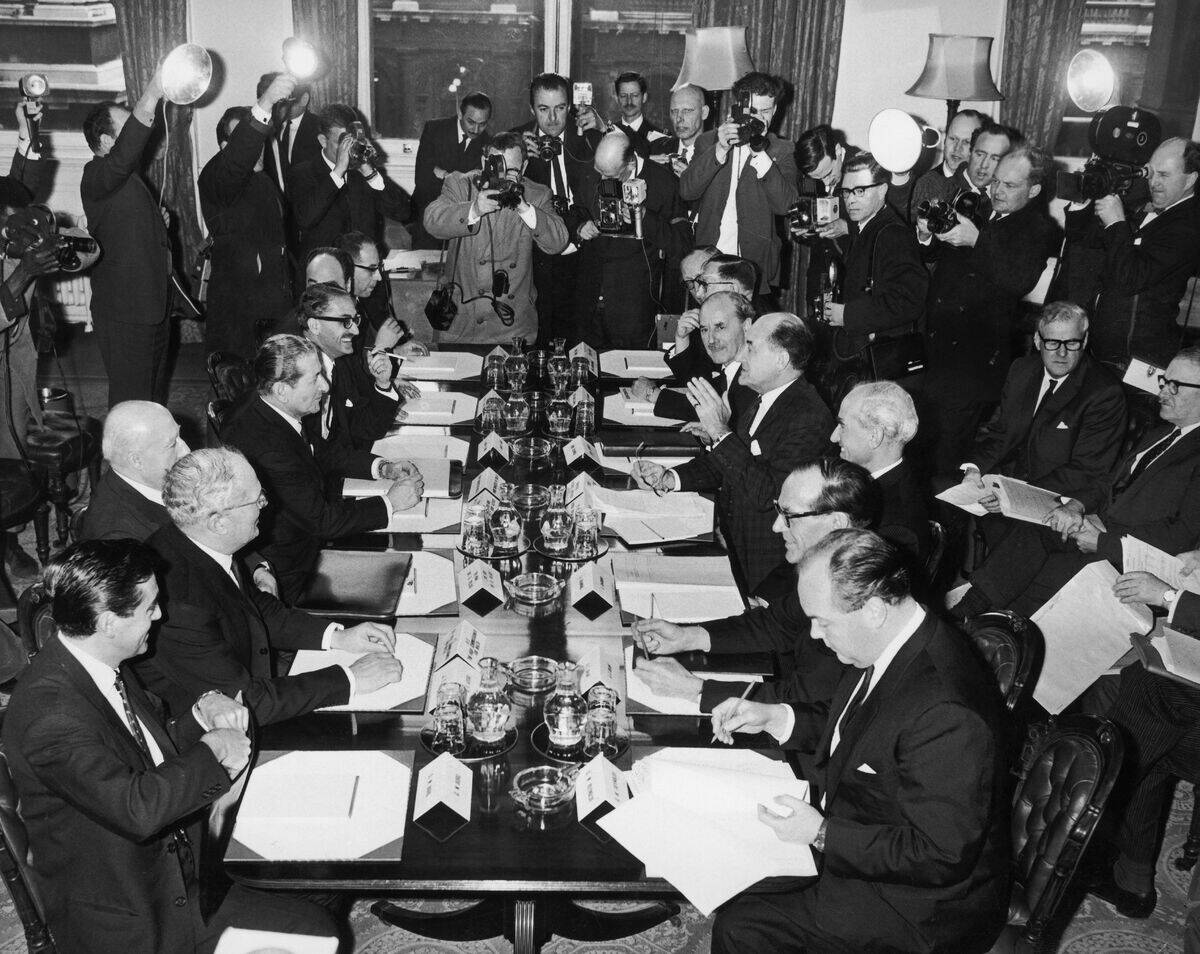
Malta’s path to independence was characterized by strategic negotiations and diplomacy. After centuries of foreign rule, Malta was the epicenter of riots in response to a cost-of-living crisis that was suppressed by British forces in 1919, leading to four deaths.
After World War II, Malta’s persistent diplomatic efforts led to full independence from Britain on September 21, 1964. This diplomatic journey was marked by a commitment to constitutional reforms and peaceful negotiations, setting the stage for Malta’s future as a sovereign nation.
The Czech Republic and Slovakia’s Velvet Divorce

The peaceful split of Czechoslovakia into the Czech Republic and Slovakia in 1993 is often referred to as the ‘Velvet Divorce.’ The two nations decided to part ways following the fall of communism, opting for a peaceful division rather than conflict.
This decision was reached through mutual agreement and political negotiation, allowing both countries to establish their own identities while maintaining amicable relations. The Velvet Divorce remains a model for peaceful conflict resolution.
Botswana’s Non-Violent Path to Independence
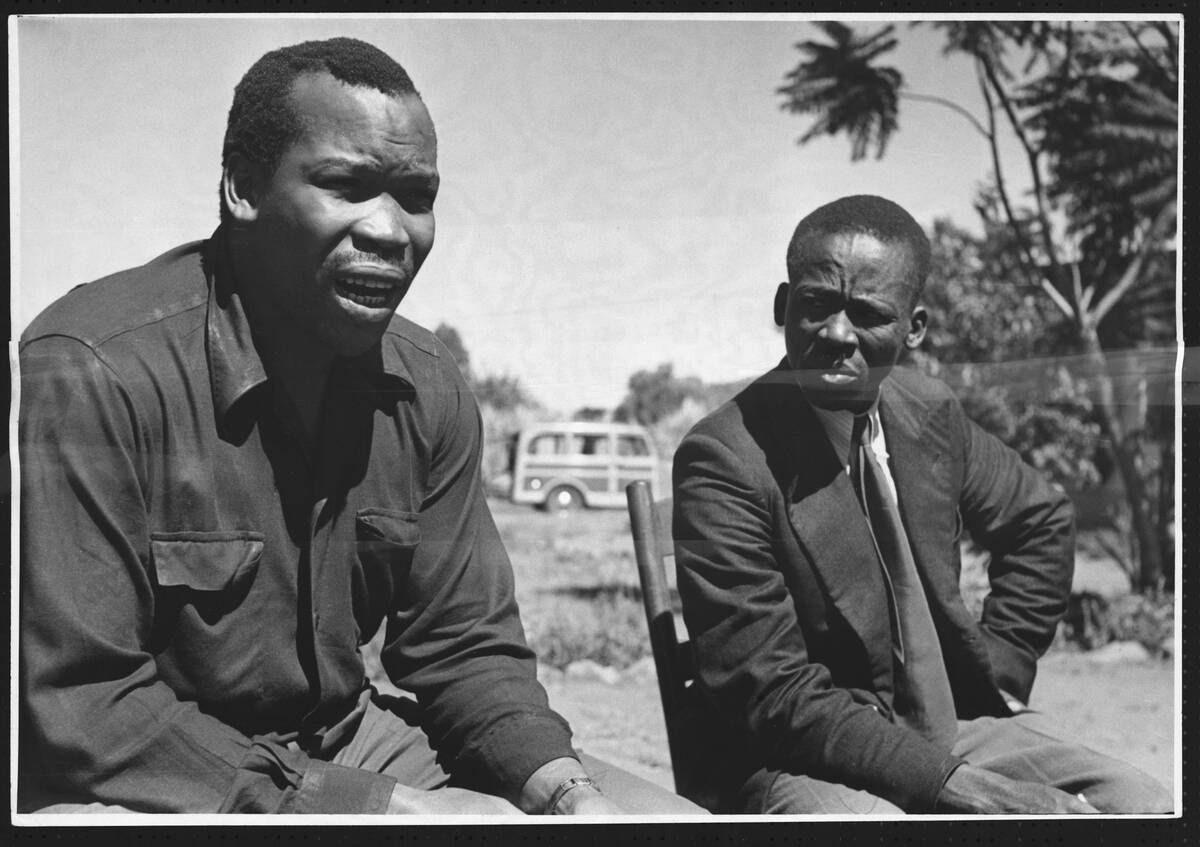
Botswana’s journey to independence is a story of peaceful negotiation and strategic planning. Originally a British protectorate known as Bechuanaland, Botswana achieved independence on September 30, 1966.
The transition was marked by diplomatic discussions and constitutional planning, allowing Botswana to focus on economic development post-independence. The country’s peaceful path set the foundation for its reputation as one of Africa’s most stable and democratic nations.
Fiji’s Transition to Self-Governance
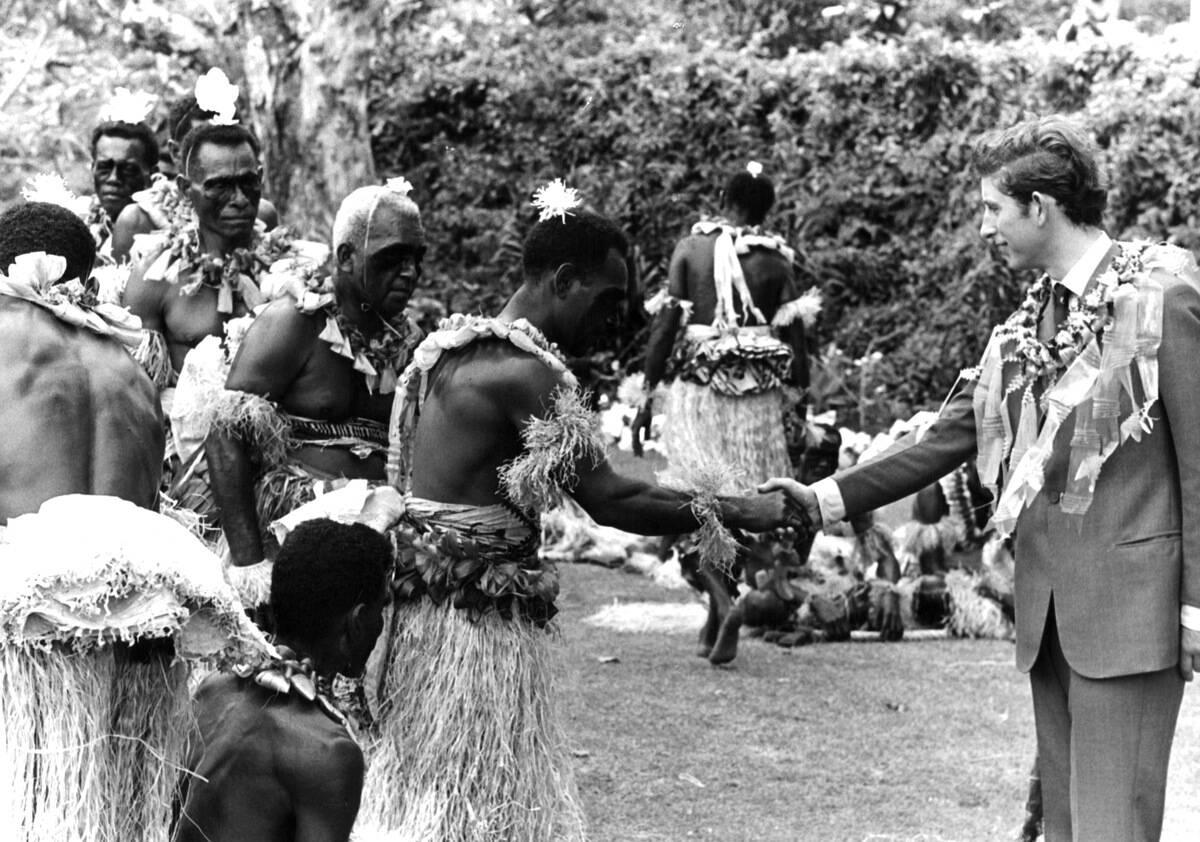
Fiji’s transition to self-governance began with gradual constitutional changes leading up to independence. After nearly a century of British colonial rule, Fiji became independent on October 10, 1970.
The transition was negotiated through a series of constitutional conferences, ensuring a peaceful handover of power. Fiji’s journey highlights the importance of dialogue and diplomacy in achieving self-governance, setting the stage for its future as an independent republic.
Mauritius: From Colony to Independent Nation
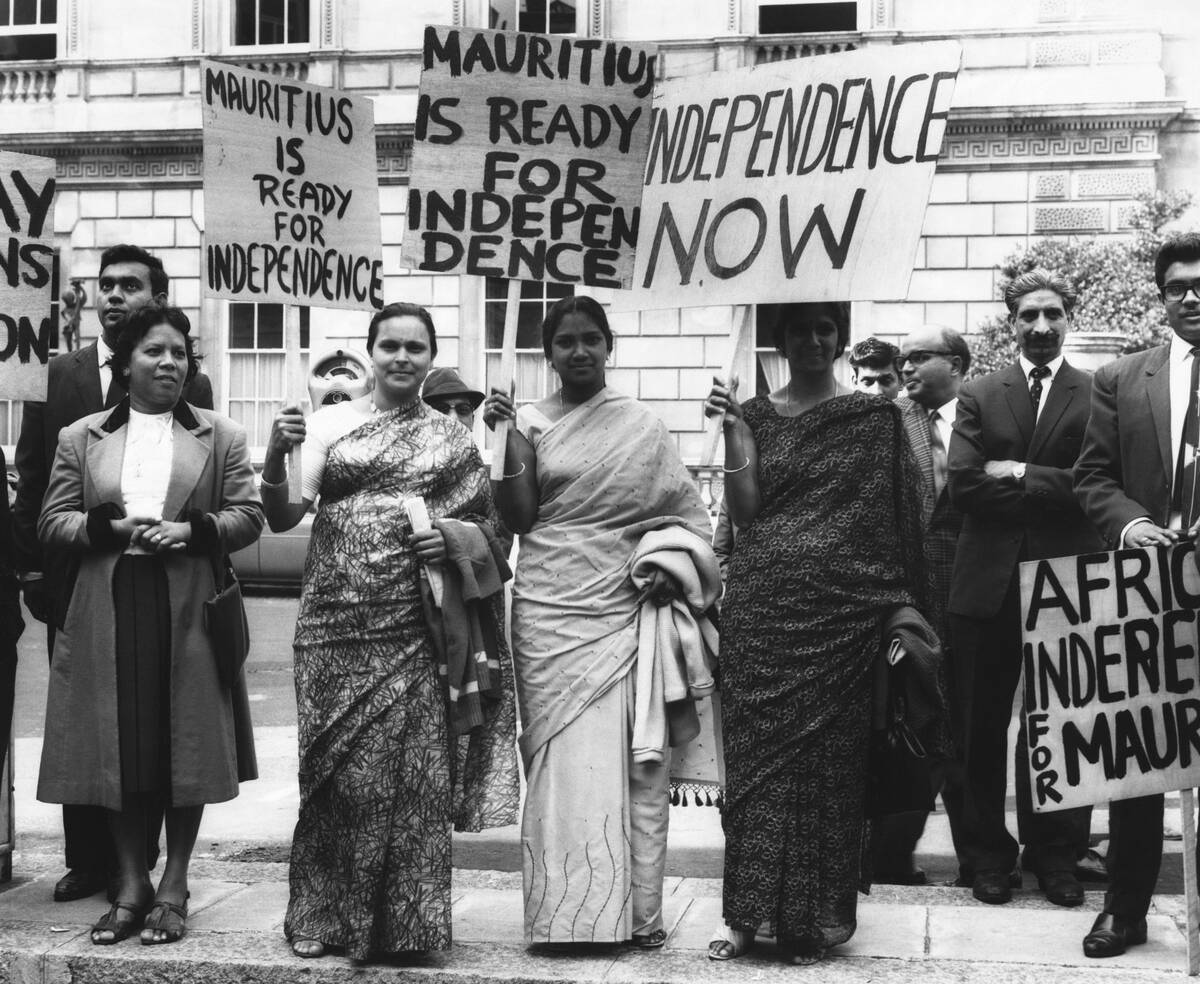
Mauritius’s path to independence was marked by peaceful negotiations and constitutional reform. Gaining independence from British rule on March 12, 1968, Mauritius’s transition was characterized by political dialogue and a commitment to democratic principles. Sadly, the peace wouldn’t last internally throughout the years that followed.
The country’s peaceful move to nationhood allowed it to focus on economic development and social progress, becoming a multi-ethnic democracy and one of Africa’s most stable economies.
Brunei’s Careful Steps to Full Sovereignty
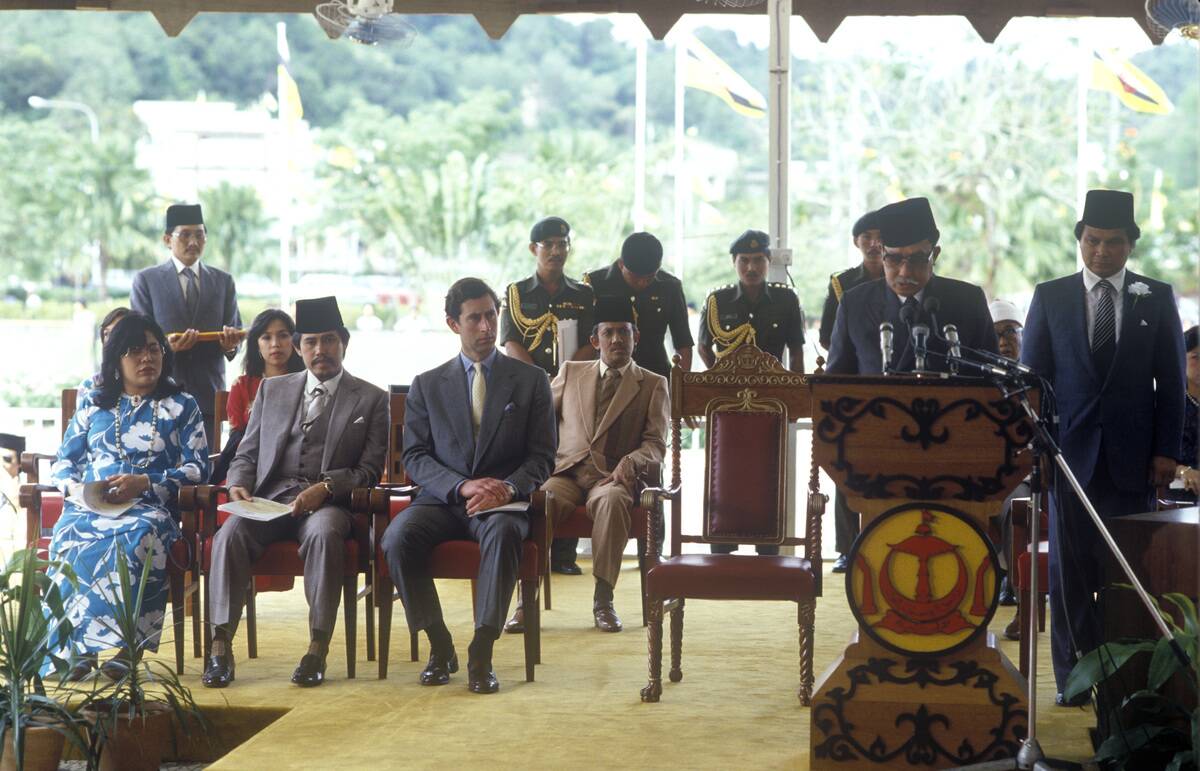
Brunei’s journey to full sovereignty involved careful planning and negotiation. After gaining internal self-government in 1959, Brunei took deliberate steps towards full independence, achieved on January 1, 1984.
The transition was marked by diplomatic discussions with the UK, ensuring a peaceful transfer of power. Brunei’s careful and strategic approach to independence allowed it to develop a stable political system and maintain its cultural heritage.
Suriname’s Peaceful Departure from Dutch Rule
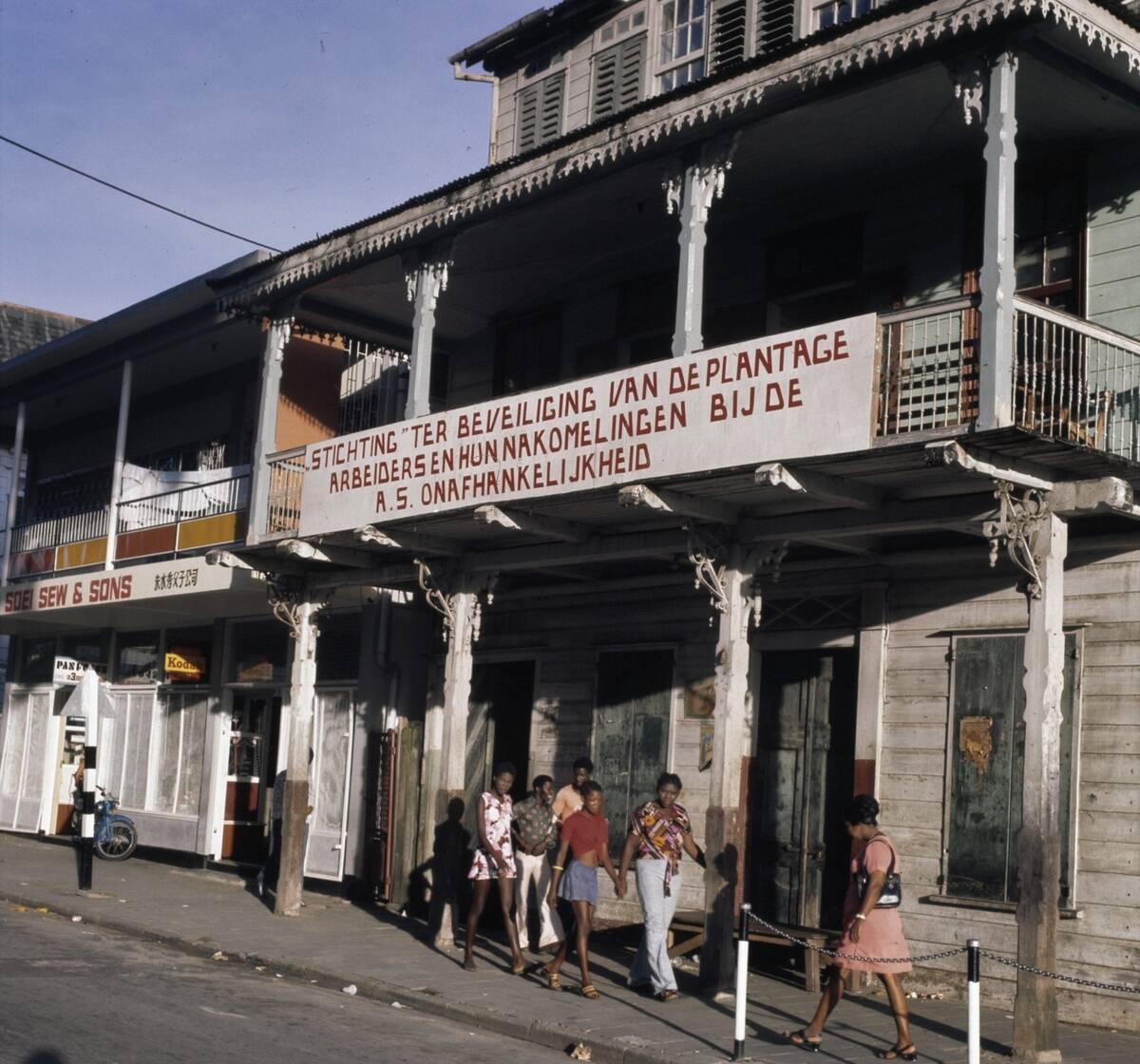
Suriname’s transition to independence from Dutch colonial rule was a peaceful process achieved through diplomatic negotiations. On November 25, 1975, Suriname gained its sovereignty, following discussions that ensured a smooth transfer of power.
The peaceful nature of Suriname’s independence allowed the country to focus on nation-building and development, setting a precedent for other colonies seeking autonomy through non-violent means.
The Maldives’ Journey to Peaceful Independence
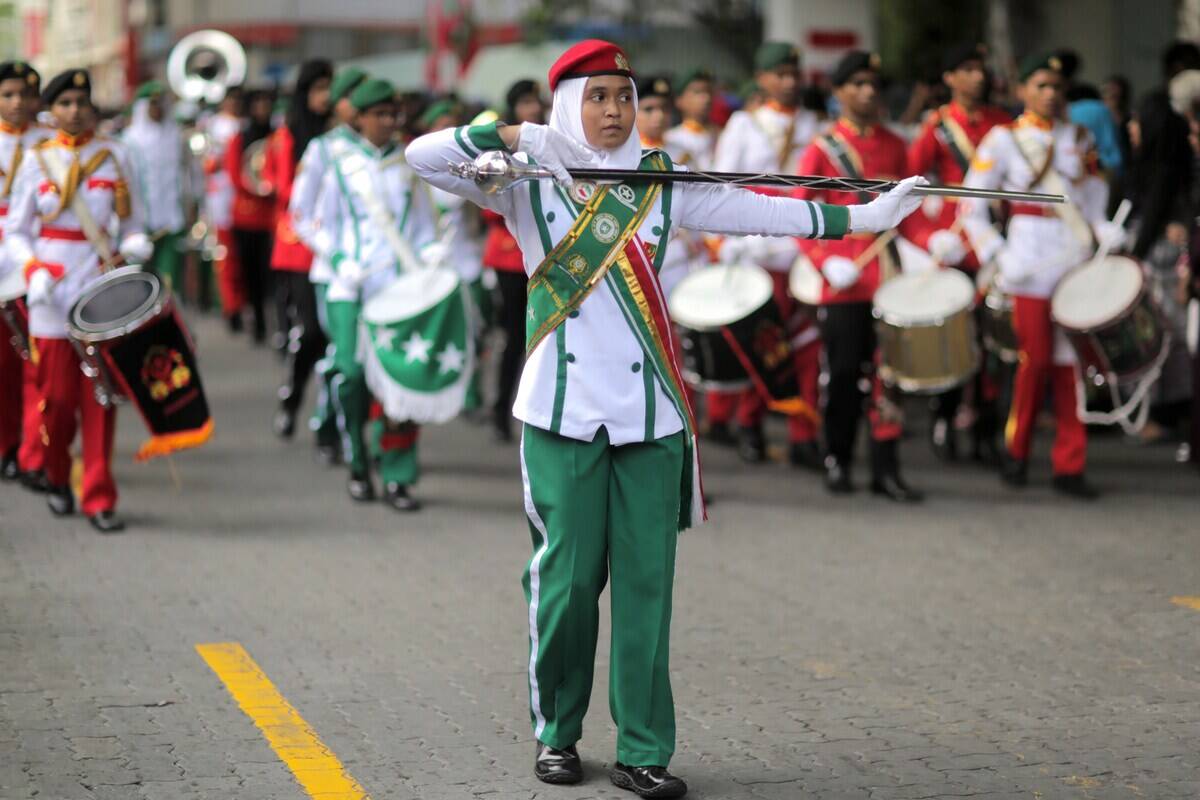
The Maldives’ path to independence was characterized by diplomacy and negotiation, leading to full sovereignty from British protection on July 26, 1965. The process involved strategic discussions with the UK, resulting in a peaceful transition.
This non-violent journey allowed the Maldives to focus on developing its unique identity and fostering economic growth, eventually becoming a popular tourist destination known for its stunning natural beauty.
Vanuatu’s Harmonious Move to Nationhood
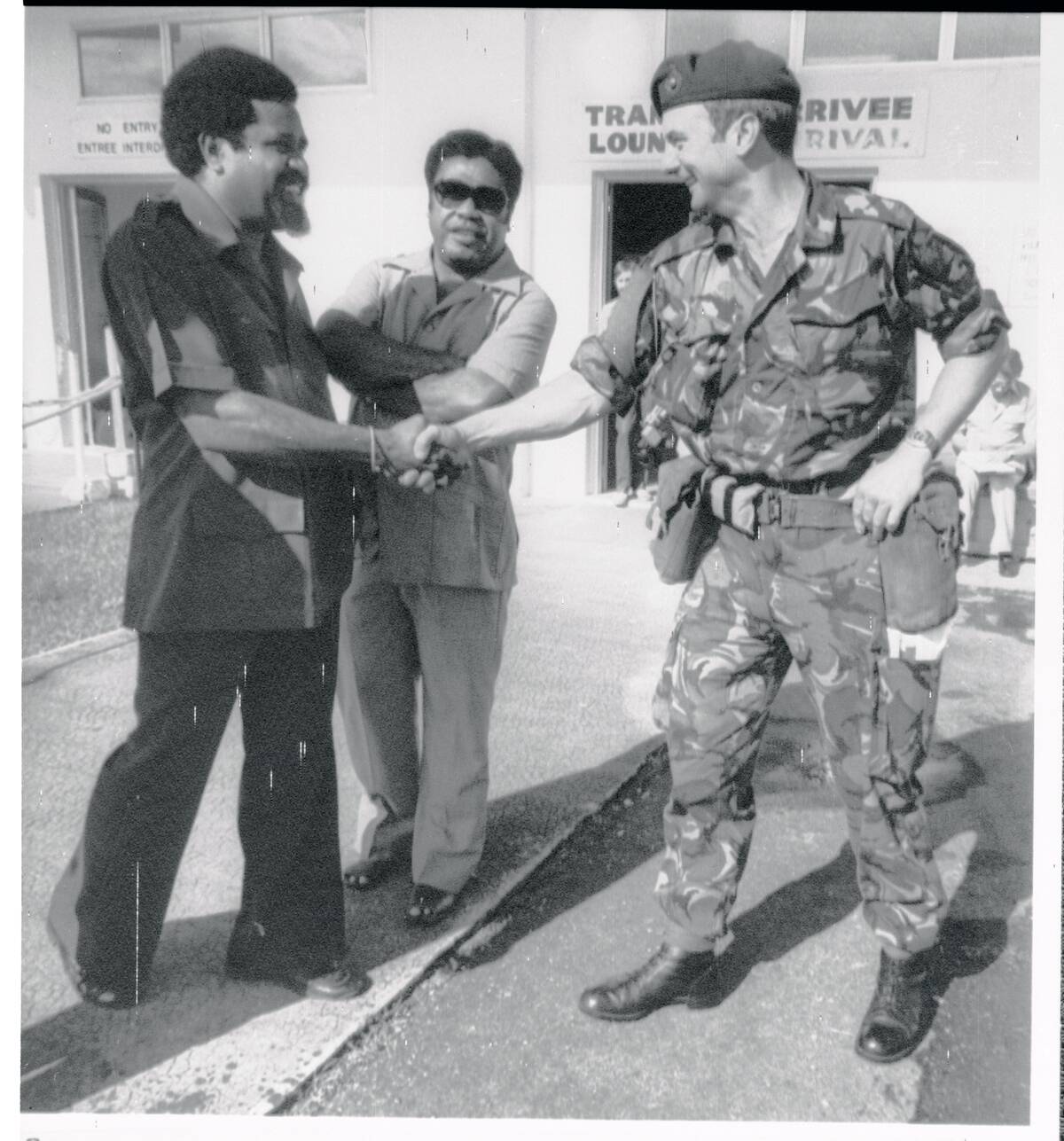
Vanuatu’s path to independence was marked by peaceful negotiation and collaboration between local leaders and colonial powers. Formerly known as the New Hebrides, Vanuatu achieved independence from joint British and French colonial rule on July 30, 1980.
The transition involved a series of peaceful negotiations, ensuring a harmonious move to nationhood. Vanuatu’s story highlights the power of dialogue and cooperation in achieving national sovereignty.



